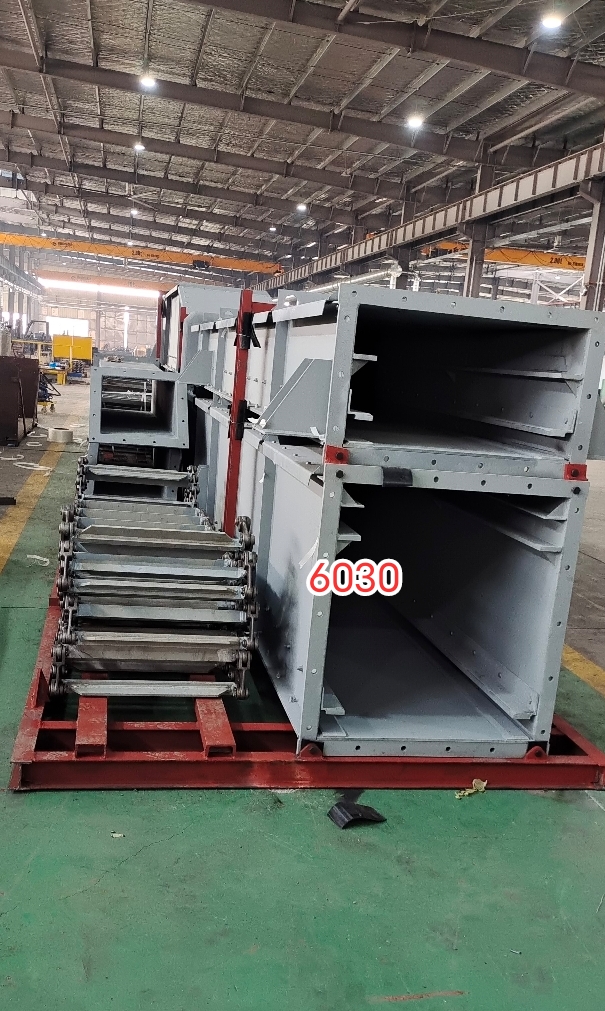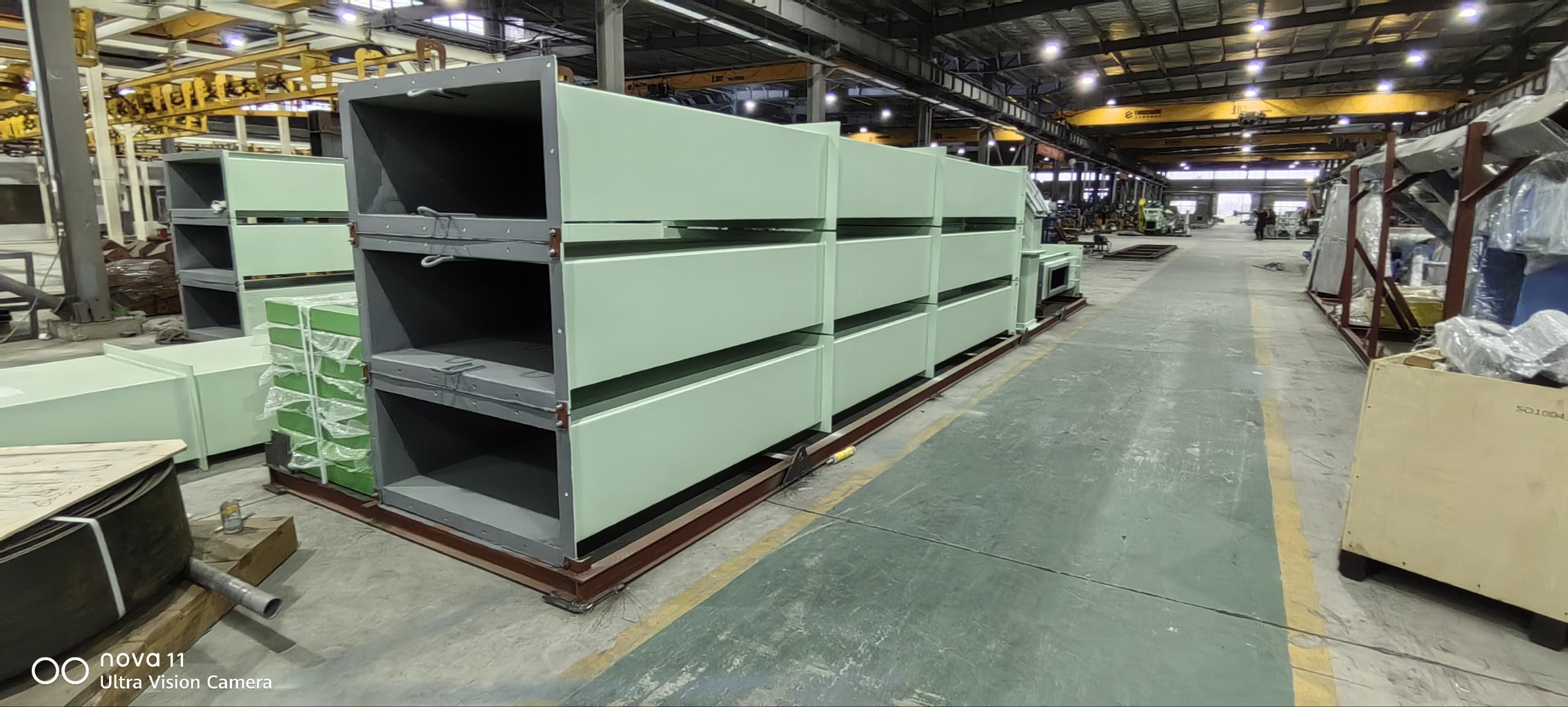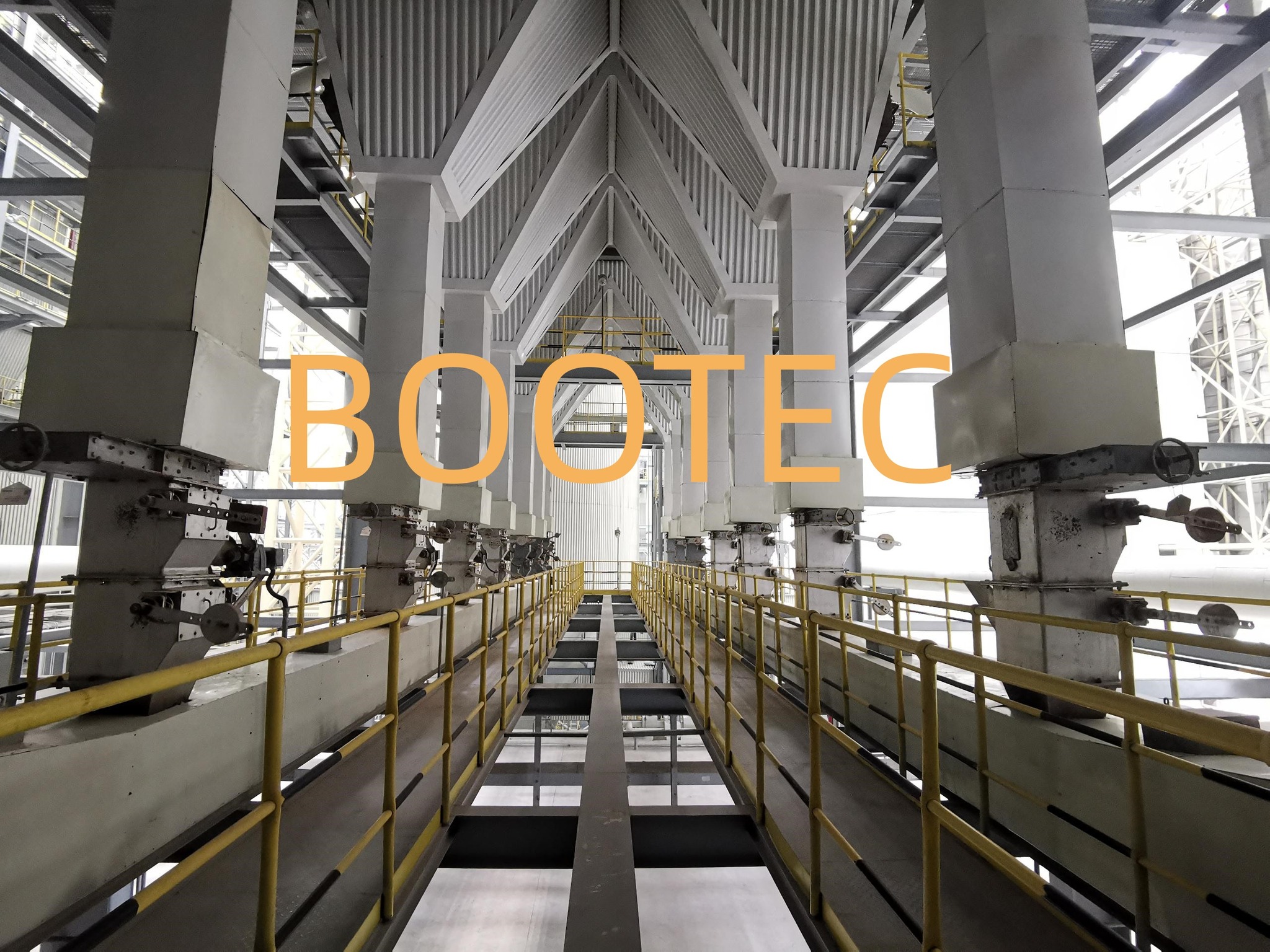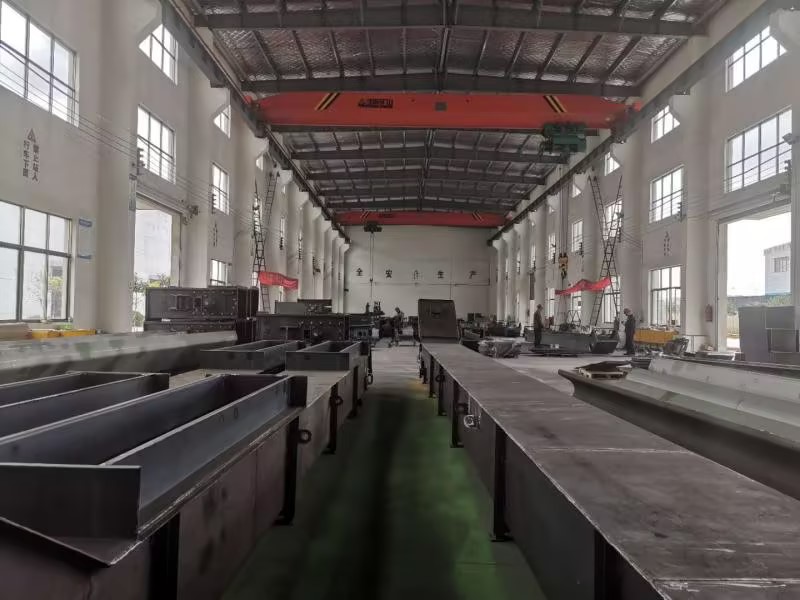
Chain Conveyor, Scraper Conveyor, En Masse Conveyor for Waste-to-Energy facilities
Bottom Ash Handling Systems
Bottom ash handling systems are used to manage the coarse ash collected from the bottom of boilers and furnaces after the combustion process. These systems are essential in industries such as coal-fired power plants, waste-to-energy plants, and biomass facilities, where large volumes of ash are generated. The systems are designed to ensure efficient, environmentally compliant, and safe handling of bottom ash, reducing operational downtime and maintenance costs.
Types of Bottom Ash Handling Systems
- Submerged Scraper Conveyor (SSC)
- Description: A water-filled trough equipped with scraper chains to collect and transport bottom ash.
- Features:
- Continuous ash removal.
- Cooling of ash during transport.
- Dust-free operation.
- Applications: Ideal for power plants and incinerators with wet bottom ash discharge requirements.
- Dry Bottom Ash Handling Systems
- Description: Instead of using water, these systems use air cooling or mechanical conveyors to collect and transport dry ash.
- Features:
- Eliminates water usage.
- Easier ash recycling or reuse in construction.
- Environmentally friendly.
- Applications: Suitable for modern plants focusing on reduced water consumption and ash reuse.
- Pneumatic Bottom Ash Handling Systems
- Description: Ash is pneumatically transported through pipelines using pressurized air.
- Features:
- Enclosed system prevents dust emissions.
- Minimal moving parts reduce maintenance.
- Long-distance ash transportation capability.
- Applications: Facilities requiring ash transfer over large distances.
- Clinker Grinders
- Description: These are mechanical devices used to crush large lumps of bottom ash (clinker) into smaller sizes for easier handling.
- Features:
- Reduces ash size for transport.
- Integrates with other handling systems.
- Applications: Commonly used in combination with submerged scraper conveyors.
- Hydraulic Systems
- Description: Uses water pressure to transport ash in slurry form to an ash pond or storage area.
- Features:
- Simple operation.
- Handles large ash quantities.
- Requires water treatment for compliance.
- Applications: Traditional coal-fired power plants.
Key Features of Bottom Ash Handling Systems
- Environmental Compliance:
- Dust suppression or dust-free operation to meet emission standards.
- Systems for recycling ash or proper disposal to minimize environmental impact.
- Durability and Efficiency:
- Heavy-duty components designed to handle abrasive ash materials.
- Systems designed for continuous or batch operation based on plant requirements.
- Energy Efficiency:
- Modern designs incorporate energy-saving technologies, such as air-cooled conveyors or low-energy pneumatic systems.
- Ease of Maintenance:
- Systems are engineered with easy access points for cleaning, inspection, and maintenance.
Applications of Bottom Ash Handling Systems
- Coal-Fired Power Plants: Efficiently handle large volumes of bottom ash from coal combustion.
- Waste-to-Energy Plants: Manage ash residue from incinerated waste.
- Biomass Plants: Transport ash generated from burning organic materials.
- Cement Plants: Ash is reused as a raw material in clinker production.
Advantages of Modern Bottom Ash Handling Systems
- Water Conservation: Dry ash handling systems eliminate or reduce water usage.
- Energy Efficiency: Systems require less energy for ash transport and processing.
- Ash Recycling: Allows ash to be repurposed for construction, road base, or cement manufacturing.
- Reduced Operational Costs: Advanced systems minimize downtime and maintenance needs.
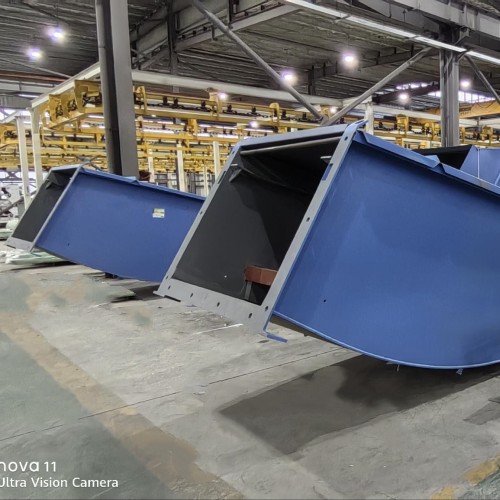
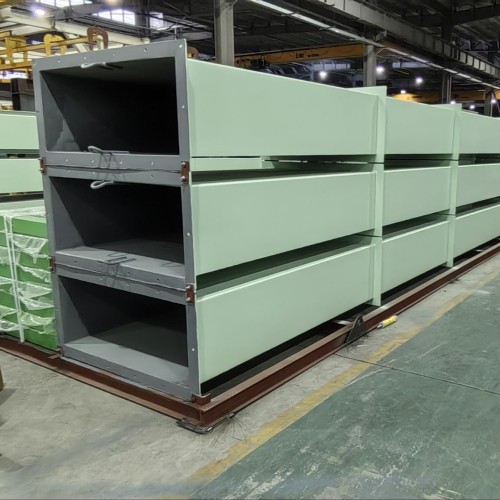
Write your message here and send it to us

